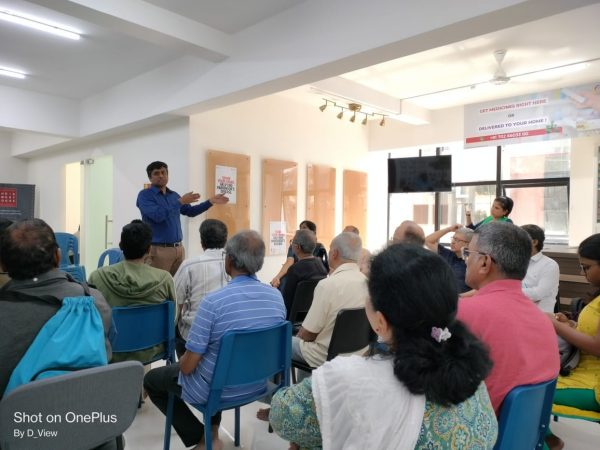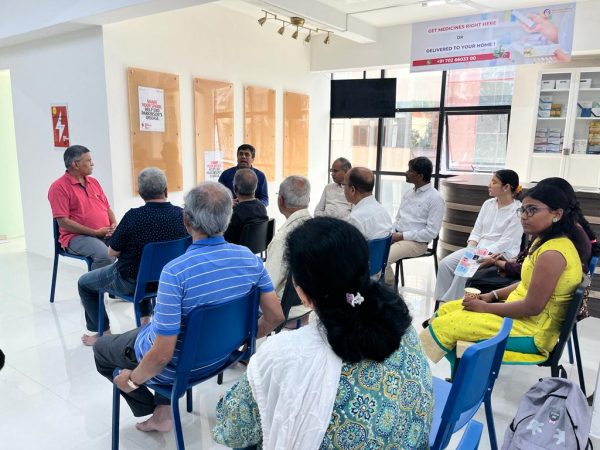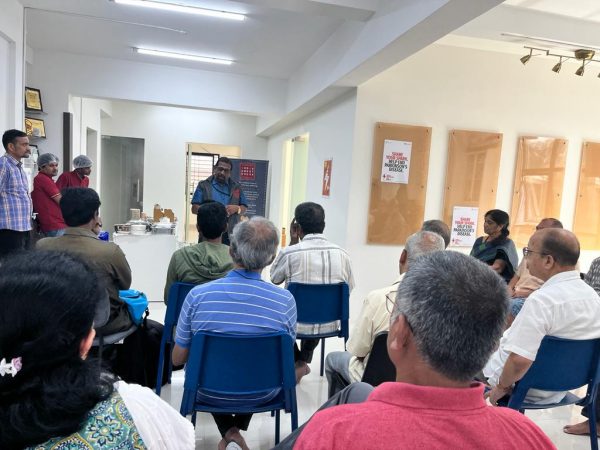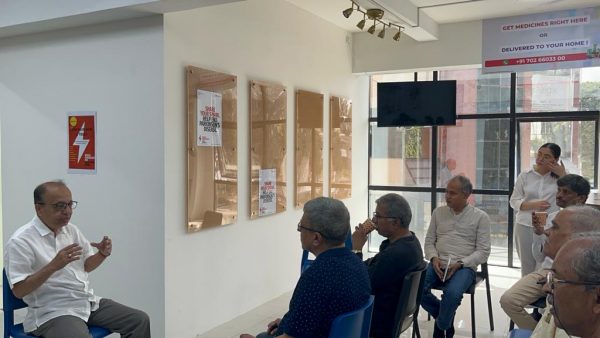World Movement Disorders Day Awareness Program: Sharing Personal Experiences
The World Movement Disorders Day Awareness Program was recently conducted at the Parkinson’s Disease and Movement Disorders Clinic in Bangalore on 29th November 2023. The event was a great success, featuring talks by people with various movement disorders who shared their personal experiences, as well as researchers in the field of neurodegeneration and genetics from the Center for Brain Research, IISC, and Raj Rajeswari Medical Colleges.
Lets understand a few of the movement disorders on this occasion :
1. Ataxia:
Ataxia is a neurological disorder characterized by a lack of coordination and unsteady movements. It affects the voluntary muscle movements, leading to difficulties in walking, speaking, and performing fine motor tasks. Ataxia can result from various causes, including genetic factors, head trauma, or damage to the cerebellum.
2. Hemifacial Spasm:
Hemifacial spasm is a condition characterized by involuntary contractions or spasms on one side of the face. These spasms are often caused by compression of the facial nerve, leading to twitching or blinking movements. While typically not life-threatening, hemifacial spasm can significantly impact a person’s quality of life.
3. Dystonia:
Dystonia is a movement disorder characterized by sustained or repetitive muscle contractions, resulting in abnormal postures or twisting movements. It can affect one specific part of the body or be more widespread. Dystonia may be genetic or caused by trauma, certain medications, or other neurological conditions.
4. Writer’s Cramp:
Writer’s cramp is a type of dystonia that specifically affects the muscles used for writing or fine motor skills. Individuals with this condition may experience difficulty in gripping a pen or pencil, leading to pain and impaired writing ability. It can be triggered by prolonged periods of writing or repetitive hand movements.
5. Parkinson’s Disease:
Parkinson’s disease is a progressive neurodegenerative disorder that primarily affects movement. It is characterized by tremors, stiffness, bradykinesia (slowness of movement), and postural instability. The disease results from a loss of dopamine-producing cells in the brain. While there is no cure, various medications and therapies can help manage symptoms.
6. Botulinum Toxin for Movement Disorders:
Botulinum toxin, commonly known as Botox, is used as a therapeutic treatment for certain movement disorders, including dystonia and hemifacial spasm. It works by temporarily paralyzing or weakening specific muscles, alleviating involuntary movements and improving overall function. Botox injections are typically administered by a qualified healthcare professional.
7. Role of Physical Therapy for Movement Disorders:
Physical therapy plays a vital role in managing movement disorders by addressing mobility issues, improving muscle strength, and enhancing overall motor function. Therapists work with individuals to develop personalized exercise programs, focusing on balance, coordination, and flexibility. Physical therapy can be particularly beneficial in the comprehensive care of individuals with movement disorders like Parkinson’s disease, helping to maintain independence and improve the quality of life.










